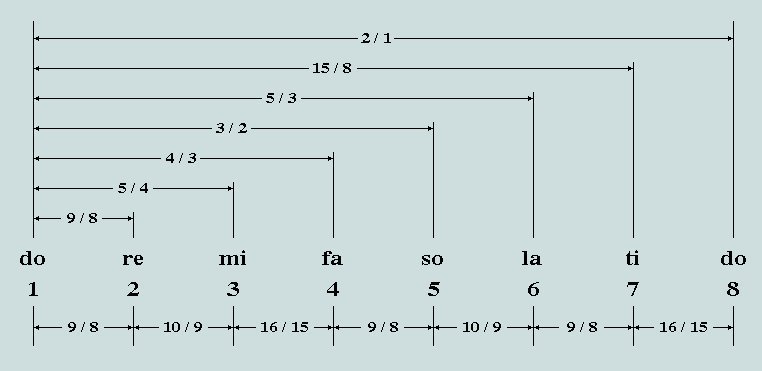We were on a long drive to Maine when I said this to my wife. The trumpet player on the radio was wincingly sharp and I felt the need to defend him, somehow, by dusting off this pedagogical chestnut as a mea culpa. She raised one eyebrow—her “Let’s pretend you didn’t say that” look. I’m used to her incredulity—most of it properly attributed—but this particular raised eyebrow was more than the typical noting of my tomfoolery; this eyebrow carried with it an epiphany about, among other things, our specific relationships to the musical concept of tuning.
To say something is sharp or flat is to work only with the surface tension of intonation. Within the Western musical tradition, there is, conceptually, a fairly wide spectrum of tuning systems: ways of articulating a series of frequencies into harmonies and melodies that are pleasing to the ear. These sweep may include anything from an extremely flexible concept of intonation as a way to color sound to a more exacting system that attempts to make pitches fit in a mathematically exact architecture.
In this issue, we go deeply into work that is related in some way to one of these tuning systems: just intonation or JI. Just intonation is, many believe, a more “pure” way of tuning and offers greater timbral and sonic possibilities than equal-temperament—the de facto form of intonation in Western music today. Its foundation is ancient, but it is reemerging as an important conceptual tool in some of the more radical contemporary composition of the 21st century.
This issue does not intend to offer just intonation as a perfect system. SA20 is simply a chance to understand music in a different way. No matter how you choose to engage with just intonation as it’s discussed in this issue, or any alternative to equal temperament, being exposed to different ways of imagining intonation and sound will only open your ears to new possibilities. Keep an open mind and your ears can’t help but follow.
For those unfamiliar with the concepts of tuning, intonation systems, just intonation, etc., an explanation of some basic concepts and terms may be helpful before diving into the issue. The information found below is just enough to give you a head start.





